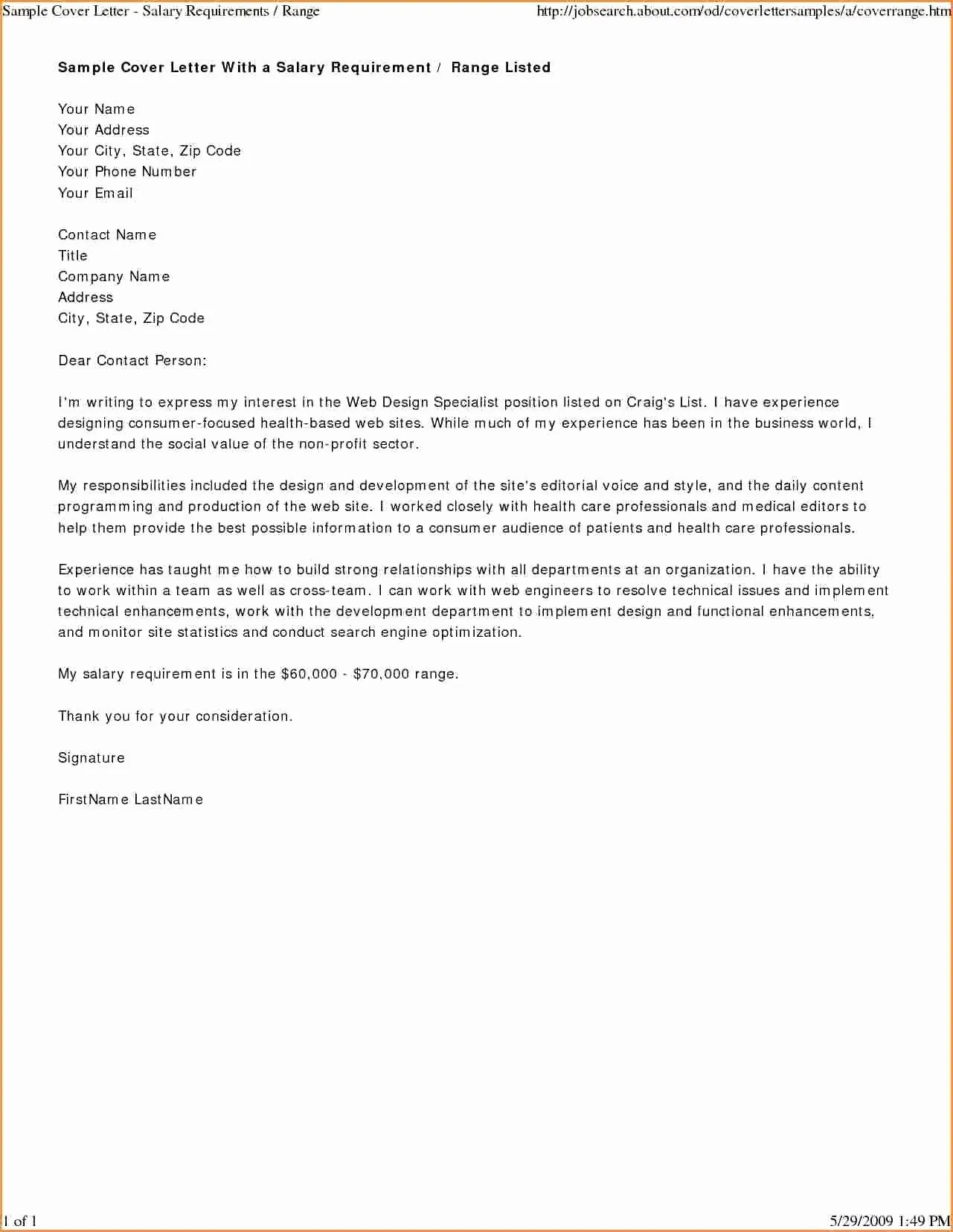Crafting Your First Job Cover Letter
Landing your first job can feel like an uphill battle, and a well-crafted cover letter is your secret weapon. It’s your opportunity to make a strong first impression, showcasing not just your skills but also your personality and enthusiasm. A cover letter is more than just a formality; it’s a crucial tool for getting your foot in the door and demonstrating why you are the ideal candidate, even without extensive professional experience. This guide breaks down everything you need to create a compelling cover letter that grabs the attention of hiring managers.
Understanding the Purpose of a Cover Letter
The primary goal of a cover letter is to introduce yourself, highlight your relevant skills, and express your interest in the position. Unlike a resume, which provides a factual overview of your qualifications, a cover letter allows you to tell a story, connecting your skills and experiences to the specific requirements of the job. It’s your chance to articulate your career aspirations and explain why you’re a good fit for the company culture. For a first job, this is particularly important because it allows you to emphasize transferable skills and soft skills, demonstrating your potential even if you lack direct experience.
Highlighting Skills and Experiences
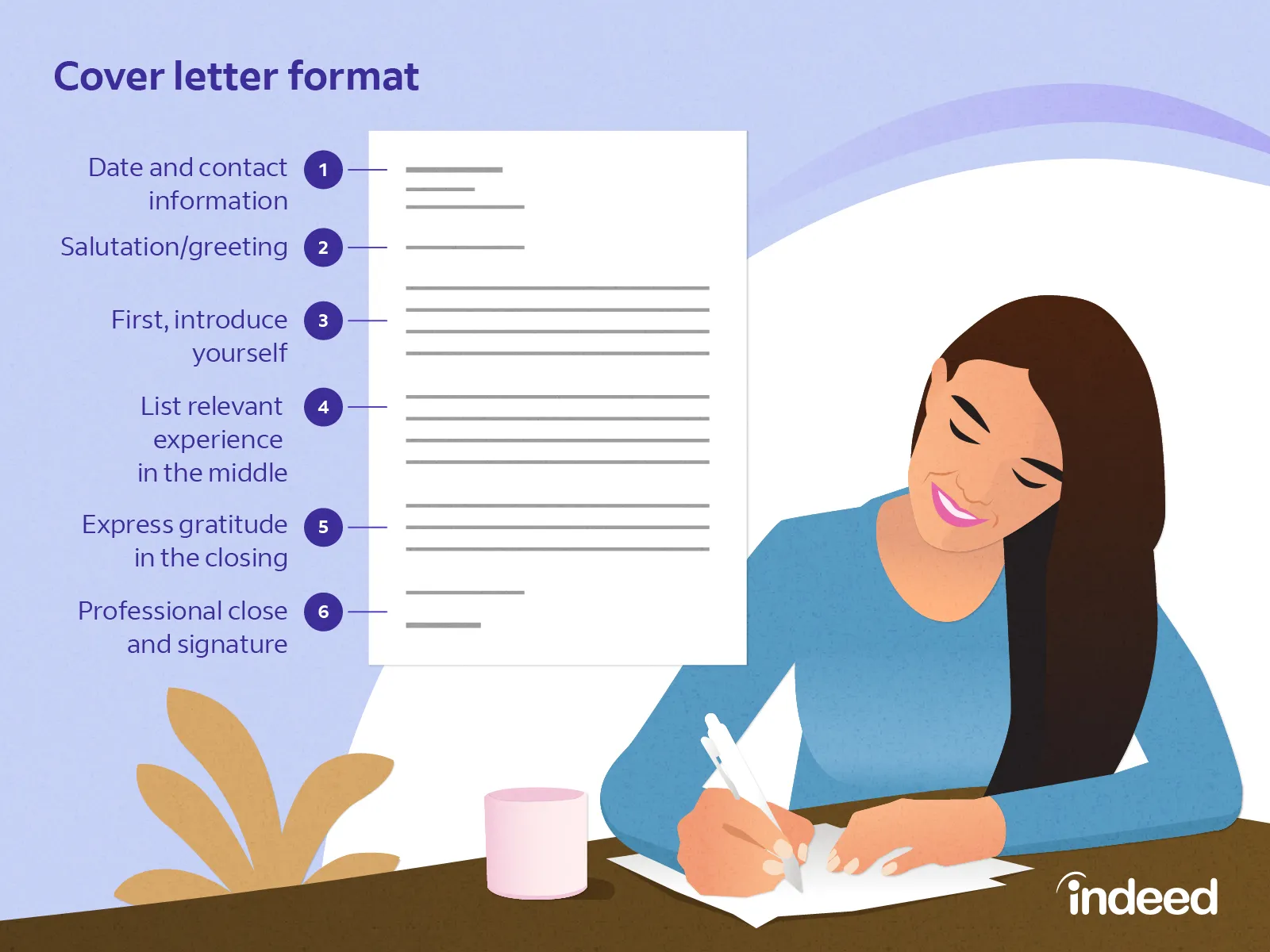
Since you likely have limited professional experience, focus on transferable skills. These are abilities you’ve developed in other contexts, such as school projects, volunteer work, extracurricular activities, or part-time jobs. Examples include communication, teamwork, problem-solving, time management, and leadership. Whenever possible, quantify your achievements. Instead of saying you were a team player, describe how you led a team to achieve a specific goal. Show, don’t just tell, by providing concrete examples that illustrate your capabilities. If you’ve done any relevant coursework or projects, be sure to highlight them and explain how they align with the job requirements.
Researching the Company
Before writing your cover letter, research the company thoroughly. Understand their mission, values, and recent achievements. Visit their website, read news articles, and check out their social media presence. This research will allow you to tailor your cover letter to the specific needs and culture of the company. Demonstrate that you’ve taken the time to understand their business and explain why you are genuinely interested in working there. Showing this initiative will make your application stand out from the crowd, as it shows that you care about the organization and are not just sending out generic applications. Mention specific projects, values, or initiatives that resonate with you and explain how you can contribute to them.
Cover Letter Structure
A well-structured cover letter is easy to read and immediately conveys your key qualifications. It should follow a standard format that includes a header, greeting, introduction, body paragraphs, and a call to action with a closing. This structure ensures you cover all necessary information while keeping the reader engaged. The organization of the cover letter should be logical, making it simple for the hiring manager to locate your most relevant skills and experiences. Consistency in formatting also improves the presentation, making the entire letter appear professional and polished.
Header Information
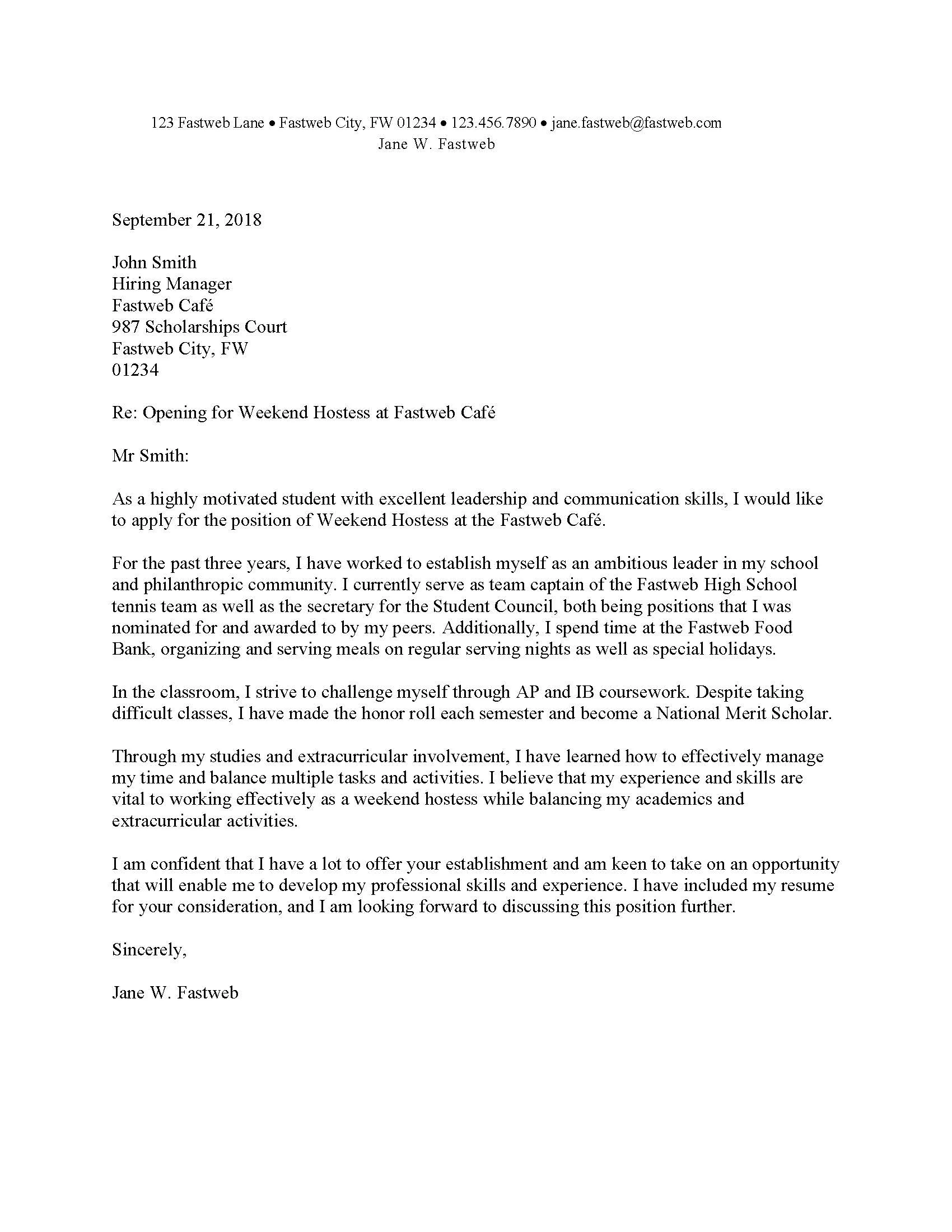
The header of your cover letter should include your contact information, the date, and the hiring manager’s contact information. Be sure to include your name, address, phone number, and email address. If you know the name of the hiring manager, address the letter to them personally. If not, you can use a general greeting such as ‘Dear Hiring Manager.’ Including the date is essential, while the company’s address and the hiring manager’s title help demonstrate your attention to detail. This section helps establish a professional tone and makes it easy for the recipient to contact you.
Greeting and Introduction
Your introduction should immediately capture the reader’s attention and state the position you are applying for. Briefly mention where you found the job posting and express your enthusiasm for the opportunity. Make sure your opening is concise and professional, and expresses your excitement about the role and company. This section needs to highlight your strongest qualification, and why you think you are the right fit, drawing the reader into your application. It sets the tone for the rest of your letter and encourages the reader to continue.
Body Paragraphs
The body paragraphs are where you showcase your skills and experiences in detail. Each paragraph should focus on a specific skill or accomplishment. Provide examples to illustrate your abilities, using the STAR method (Situation, Task, Action, Result) to structure your responses. Explain the situation, the task you were given, the actions you took, and the results you achieved. Quantify your achievements whenever possible. These paragraphs must be customized for each job you apply for, highlighting the skills most relevant to the position. It is important that these sections demonstrate that your qualifications match the job description.
Call to Action and Closing
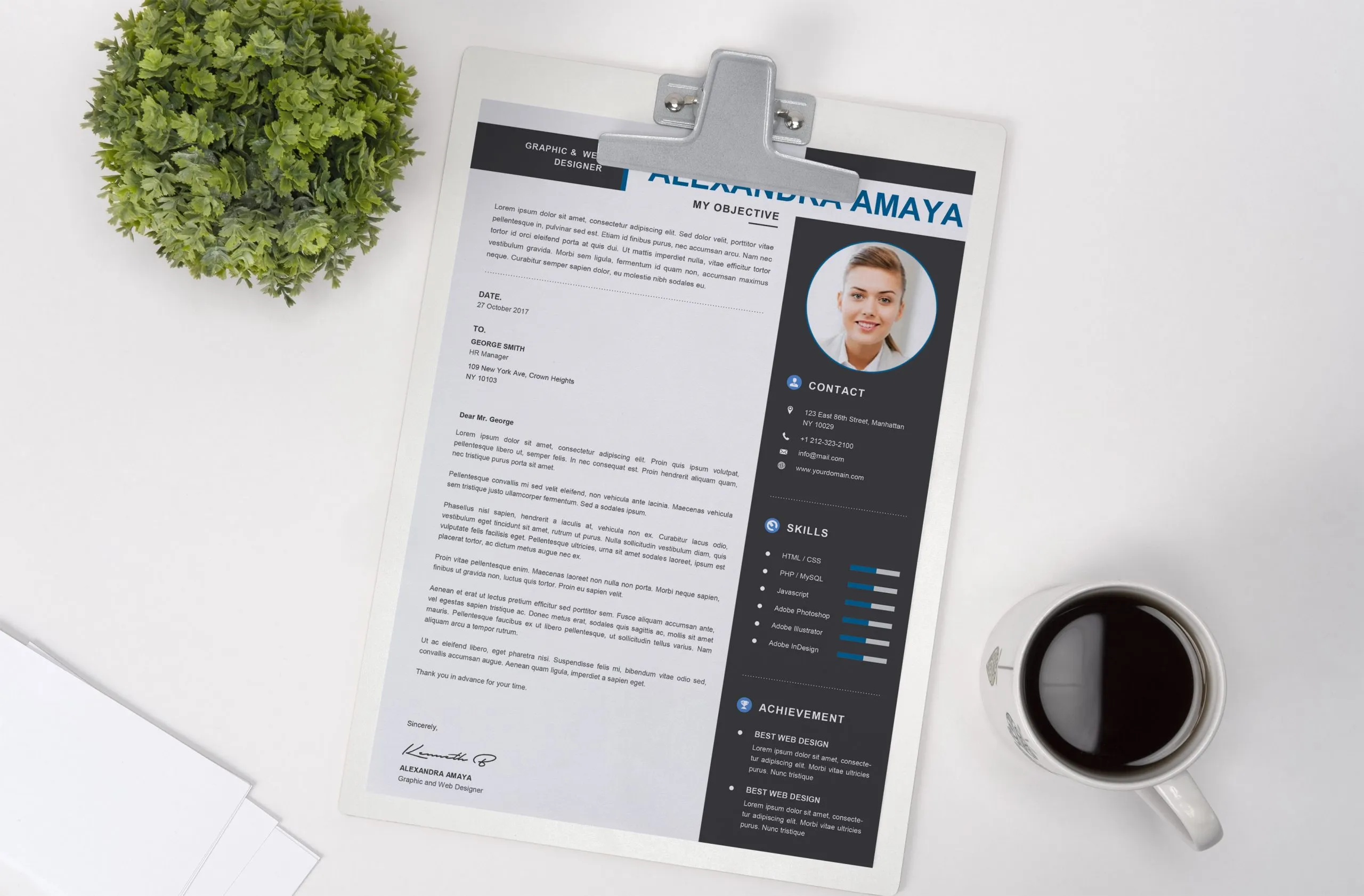
In your closing paragraph, reiterate your interest in the position and express your enthusiasm for an interview. Include a call to action, such as stating that you look forward to discussing your qualifications further. Thank the hiring manager for their time and consideration. Your closing should be polite and professional, and it needs to provide the hiring manager with a clear path forward. End with a professional closing like “Sincerely” or “Best regards,” followed by your name. A strong closing leaves a lasting positive impression.
Formatting and Presentation
The appearance of your cover letter is as important as its content. A well-formatted letter is easier to read and more professional. This section must focus on formatting tips, making sure your presentation is professional and easy to read. This ensures your application looks polished and demonstrates your attention to detail, helping you to make a positive first impression. The layout should be consistent, with clear spacing and paragraphing to guide the reader.
Choosing the Right Font and Size
Choose a professional font like Times New Roman, Arial, or Calibri. Ensure the font size is between 10 and 12 points for readability. Avoid using overly decorative or unusual fonts, as they can be distracting. Consistency is key; use the same font throughout your cover letter. Proper font choice enhances readability and adds to the professional look of your application, demonstrating attention to detail. Make sure the font is clear, simple, and easy on the eyes.
Proofreading and Editing

Proofread your cover letter carefully for any grammatical errors, spelling mistakes, or typos. These errors can undermine your credibility and make you appear careless. Use a spell-checker and grammar-checker tool, but also read the letter aloud to catch any errors that might be missed. Having a second pair of eyes to review your cover letter can also be very beneficial. Proofreading ensures that the letter is polished, reflects professionalism, and ensures your qualifications are clearly communicated. Ensuring the content is free from errors is essential for making a positive impression.
Example First Job Cover Letter
Here is a sample cover letter to provide guidance and illustrate the concepts. This section aims to give concrete example to help readers to create their own documents. It is crucial to use these examples for inspiration only. The example should be tailored to your personal situation, so it is both unique and reflects your personality, skills and aspirations.
Contact Information
Include your full name, address, phone number, and professional email address at the top of the document.
Skills and Experiences
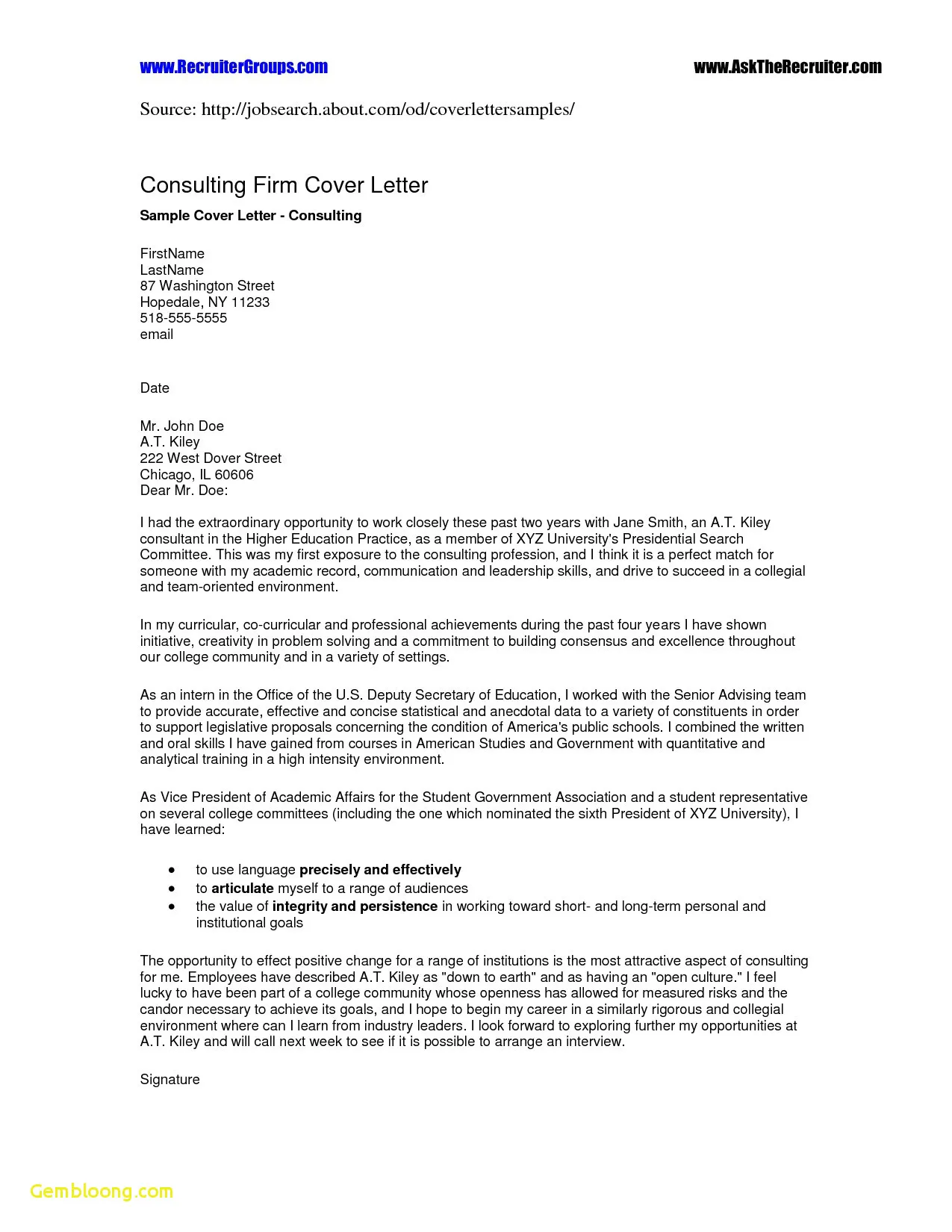
Describe your skills using the STAR method. Detail any projects, course, and accomplishments. Quantify these accomplishments to the best of your ability, for example, mentioning the size of a team you worked with, the results of your project, etc.
Closing Remarks
Express your interest in an interview, thank the hiring manager, and use a professional closing. State when you are available to start if hired.
Tips for a Strong Cover Letter
In this section, you must summarize the key points that will help make your cover letter stand out. Your goal is to provide a valuable and quick reference for the reader to use when crafting their own document. The content includes emphasizing transferable skills, showcasing enthusiasm, and tailoring the letter to each job.
Emphasize Transferable Skills
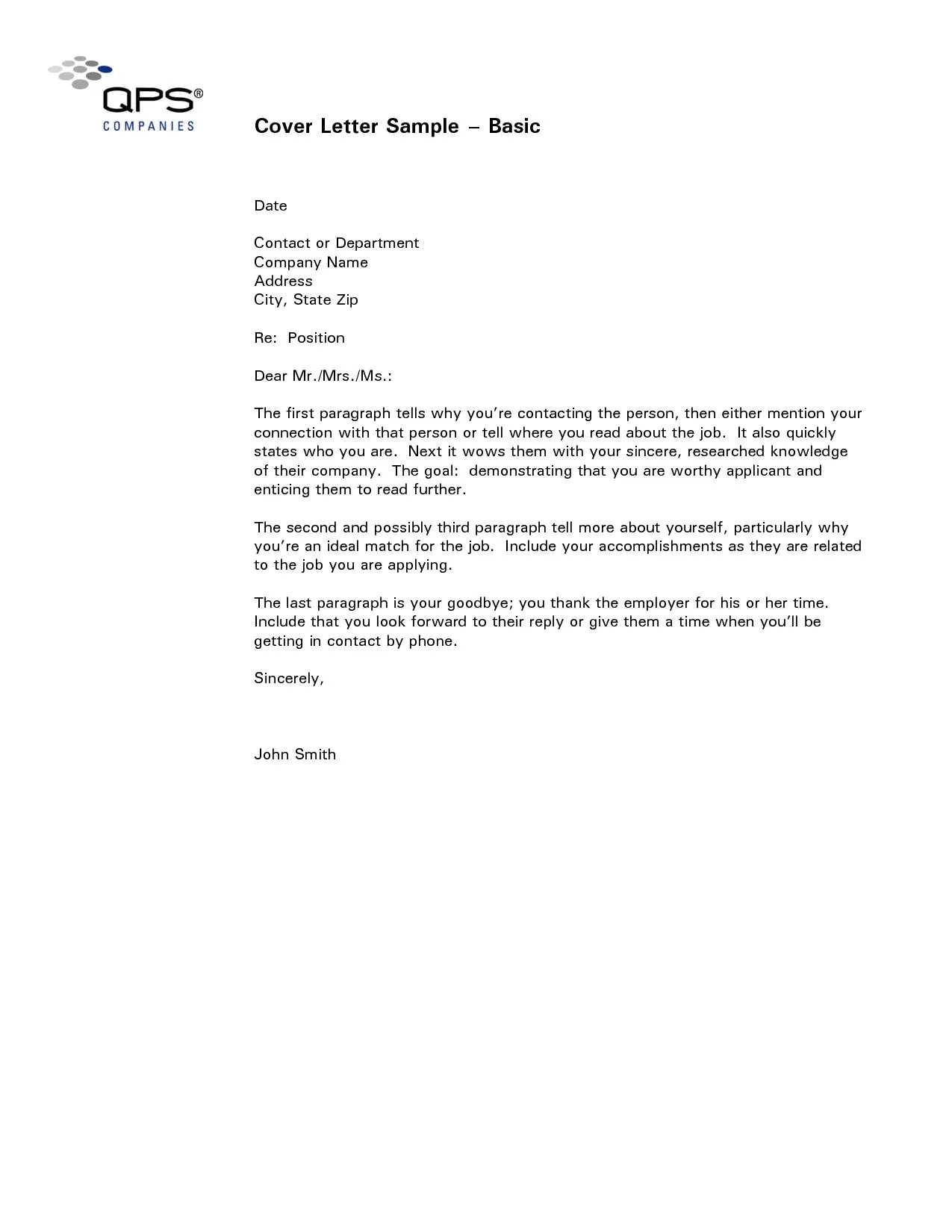
Focus on the skills you’ve gained through your education, volunteer work, and extracurricular activities. Highlight how these skills align with the job requirements. For example, if you were a team leader in a club, describe your leadership skills. If you have good communication skills, provide examples. This focus will prove your capabilities and increase your chances of getting hired.
Showcase Enthusiasm and Interest
Express your genuine interest in the company and the position. Show that you’ve researched the company and understand their mission. Explain why you are excited about the opportunity and why you want to work there. Be authentic. Mention specific projects or values that resonate with you and explain how you can contribute. Your enthusiasm can make your application stand out and will increase your chances of getting hired.
Tailor to Each Job Application
Customize your cover letter for each job you apply for. Review the job description carefully and highlight the skills and experiences that are most relevant. Avoid using a generic cover letter. Take the time to demonstrate how your qualifications align with the specific requirements of the role. Tailoring your cover letter to the job makes it more likely that the employer will see you as a good fit.
